Inspired by my friends Elmine and Ton’s documentation of their birthday unconference format, here’s my guide for livestreaming your birthday party.
We livestreamed Oliver’s birthday party last night to a global audience of friends and family, stretching from Portland, Oregon in the west to
Watching is not quite the same as attending, but the live music and hanging out with other friends of Oliver online in the chat makes it a surprisingly social event.
Livestreaming used to be the preserve of bearded experts with expensive gear and connections; it’s now something anyone can do.
On the hardware side, I used my 7 year old MacBook Air laptop connected to a Logitech C920 webcam by USB and mounted on a tripod:
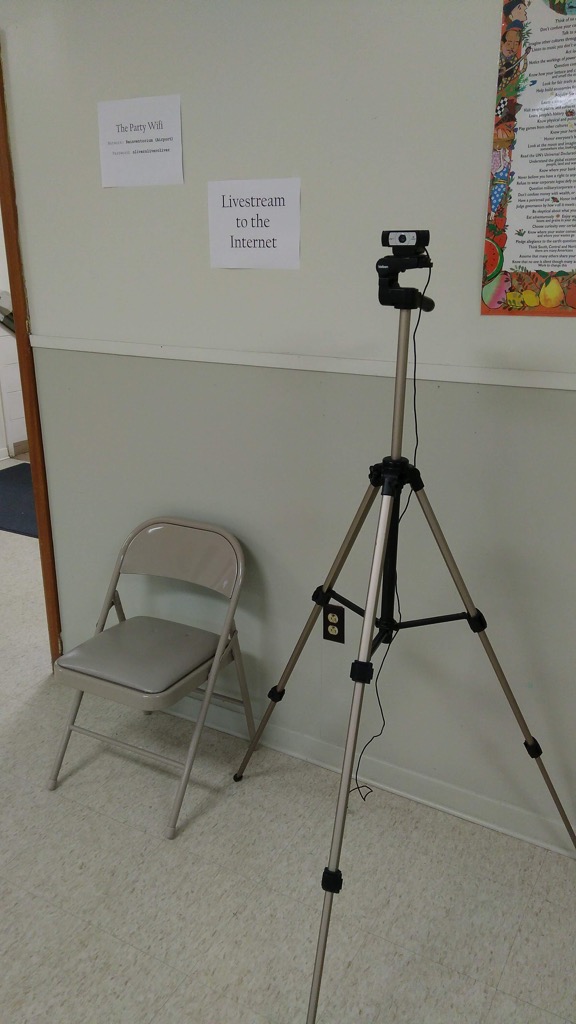
On the software side the key was Google Hangouts Live on Air, which allowed me to dispense with the complexity of a standalone video encoder and simply beam my webcam into a YouTube live event.
Starting this up was simple as going to YouTube’s My Live Events page, clicking “Schedule an Event,” selecting “Quick” under “Type,” filling in the rest of the details (including whether I wanted the livestream to be public, unlisted, or private; I selected unlisted, as I didn’t want the event to be generally available on YouTube, but rather only available to those with the URL), and then, at the appointed time, clicking “Start Hangout on Air” from back on the My Live Events page (YouTube’s complex navigation appears not to have an obvious link to that page, so bookmark it). Scheduling the event in advance gave me a YouTube URL that I could email out to friends and family in advance.
The benefit of using Google Hangouts Live on Air for the video (over the simpler “Camera” option, which you’ll also see as a “Type” when setting up the event), is that you can include others in the livestream, by video or audio call or even by telephoning out; I didn’t end up doing that, but it was nice to have the option.
When the event is over, YouTube retains an archive of the livestream at the same URL (there was no obvious “stop” button in either Google Hangouts or YouTube; YouTube appeared to have figured out that we were done about 30 minutes after I stopped the Hangout).
From a technical perspective my only complaint was that the auto-focus on the Logitech camera had a hard time keeping up the action near and far, and so there’s a fuzziness to the video that belies that the camera is perfectly capable of focus in calmer situations.
Beyond the wonder of international virtual participation in the party, we’re also left with a record of the evening, as the first guests arrived:
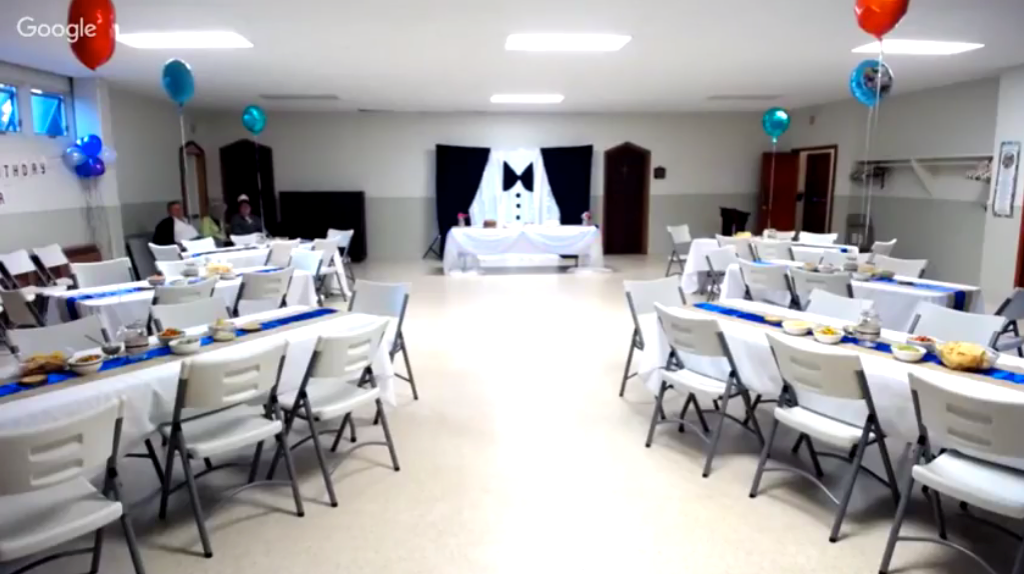
To the full-throated party:
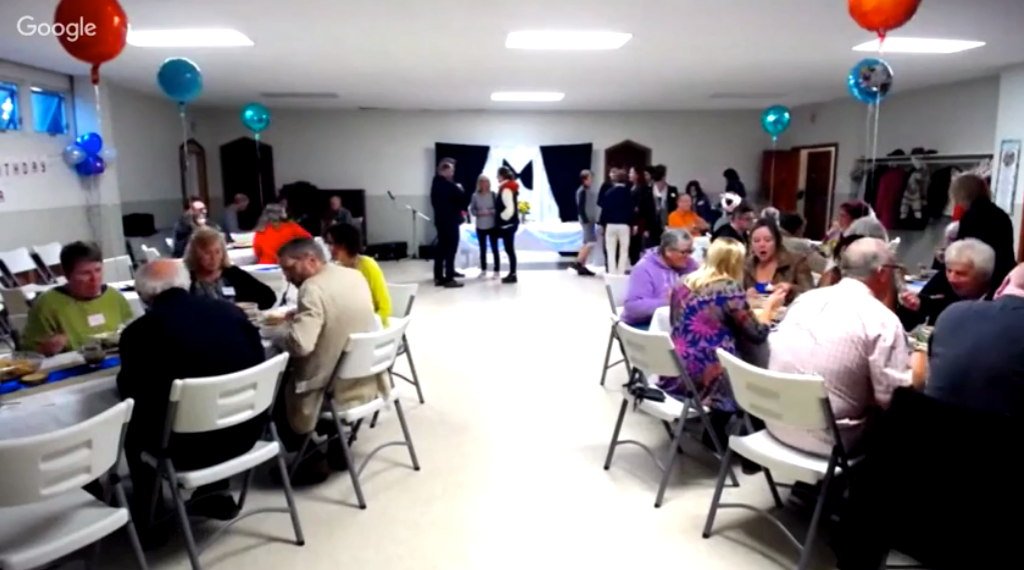
To our indefatigable next door neighbour sweeping up after things had wound down:
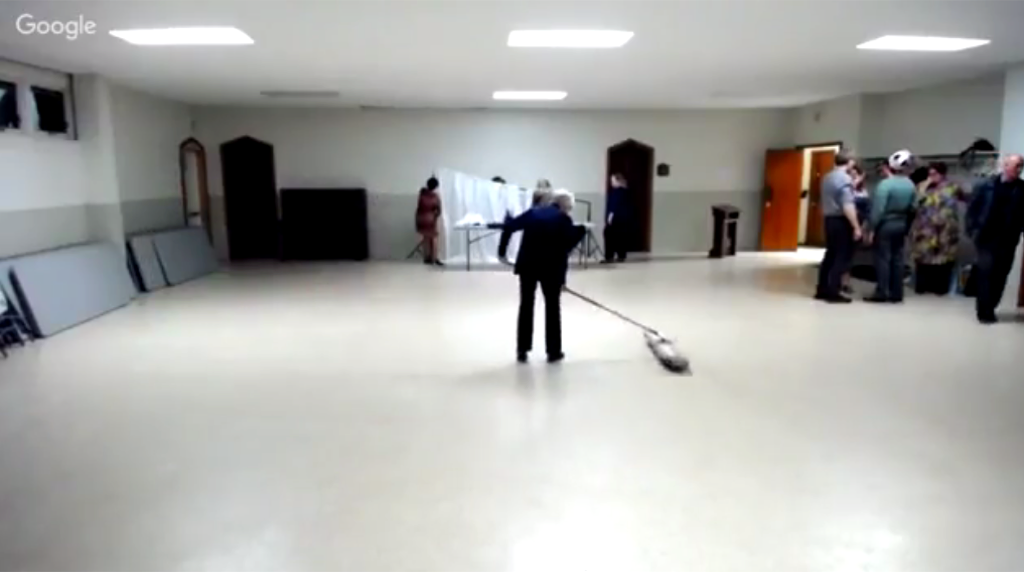
While livestreaming an event still requires some hardware, some Internet, and a (slight) learning curve, it’s something that’s well within the preserve of far more people than realize it; there’s no reason why any birthday party, all candidates meeting or protest rally can’t be streamed these days. If you have questions, feel free to ask.
We are all happy and exhausted after a birthday party for Oliver made possible by so many wonderful friends, new and old, from this Island we call home.
I told Oliver, while he was getting ready for bed tonight, that I was having trouble remembering everyone who had come–the kitchen served 50 bowls of chilli–and his response was that life is big and our heads are small.
If I were to pick any one inspiration from tonight’s festivities, it is the joy of being able to show people the results of their efforts
In the room tonight we had people from the delivery room on the day Oliver was born, teachers and EAs from innumerable classrooms where he’s learned about the world and himself, kind-hearted support workers who have taken him–and us–under their wings, politicians who have inspired him, neighbours who have watched out for him, musicians who’ve entertained and befriended him, friends from when he was a toddler, classmates from kindergarten and classmates from grade 12.
All of these people had a role in raising Oliver these 18 years; each has contributed something, perhaps without knowing it, to the person he has become.
It makes me so happy that these people could gather, share a meal, meet each other.
And see that the newborn they conjured back from the edge in the NICU, the young boy who benefited from learning about “juicy words,” the teenager who felt welcomed in for a cup of tea and a tune, the young man who needed help finding a way, through words and images, of telling his own story, the citizen who benefited from compassionate, open-minded role models… they played a part in that.
And it was Oliver’s idea to bring them all together.
Life is big. Our heads are small.
What an amazing night.

The first thing Oliver did this morning was to update his Netflix profile to give himself access to shows of “all maturity levels.”
(He put on the previous restrictions himself, and could have removed them at any time).

The fifth episode of The First, titled Two Portraits, is as good an episode of television as you’re ever likely to see. Love, sex, death, illness, drugs, anger, redemption, Mars. Sean Penn and Anna Jacoby-Heron are brilliant.
We have had so many adventures over these 18 years. You have taught me so much about about so much. You have grown into an interesting, curious, compassionate, funny young man. I’m looking forward to seeing how your life unfolds next. I love you.
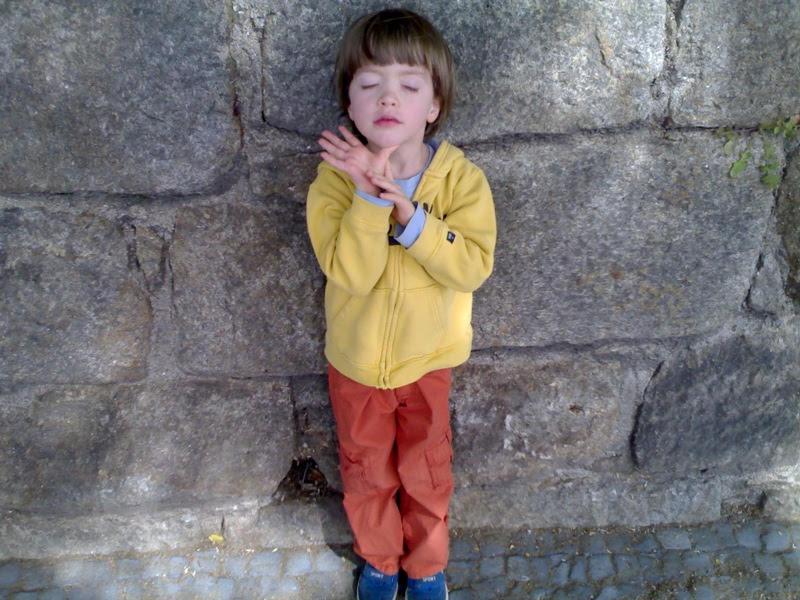
Eighteen years ago tonight Catherine and I were having supper at the Town & County the night before Oliver was born. Tonight we celebrated his impending adulthood at Papa Joe’s. With him.
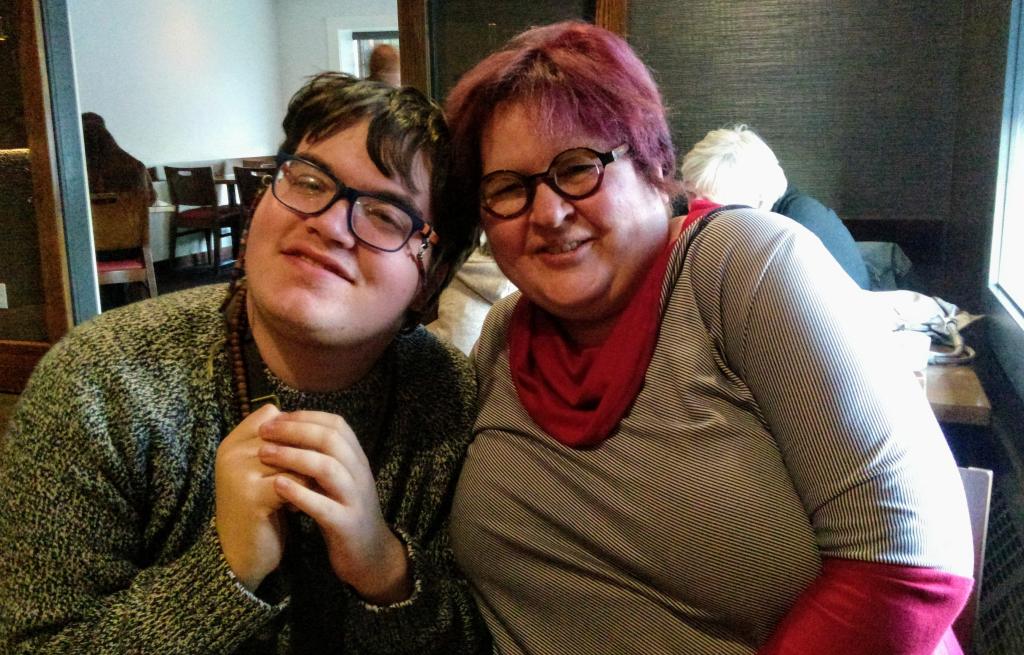
I first signed up for a Flickr account in May 2004, three months after it launched, and in the intervening 14 years I uploaded 19,932 photos there.
I’ve used Flickr as a combination of photo backup and as a way to share photos with others, both through Flickr itself (especially in the early days, when I had an active community of friends and followers there) and here on my blog; for many years my standard method for embedding a photo in a blog post was to copy the Flickr embed code into the HTML, like this (from here):
<p>
<a data-flickr-embed="true" href="https://www.flickr.com/photos/reinvented/27037231145/in/dateposted-public/" title="St Bride Foundation Wayzgoose">
<img alt="St Bride Foundation Wayzgoose" height="768" src="https://farm8.staticflickr.com/7114/27037231145_ae6fcaf911_b.jpg" width="1024" />
</a>
</p>
When my yearly Flickr “Pro” invoice for $US49.99 arrived in my email this week I decided that it was time to move on: as Flickr usage has decreased generally, it’s no longer a place to go for community built around photos; and I’ve got all the storage and management functionality I need here on the blog to bring things in-house.
The only thing standing in my way was about a thousand blog posts that, like the one above, had Flickr photos embedded in them. I needed a way of bringing those photos home and updating the HTML to reflect his; so that, for example, instead of the HTML above I’d reference a locally-hosted photo, like this:
<p>
<img alt="St Bride Foundation Wayzgoose" class="flickr_image" height="768" src="https://ruk.ca/sites/ruk.ca/files/flickr/27037231145_ae6fcaf911_b.jpg" width="1024" />
</p>
This turned out to be an interesting task:
- Over the years there have been various URL schemes at Flickr for referencing photos: what started out as static.flickr,com later became staticflickr.com, for example (although Flickr, to its credit, never broke URLs).
- As digital cameras have evolved, and as the width of my blog template has expanded, I’ve taken and embedded ever-larger photos; Flickr has different URLs for different photo sizes, and I generally wanted to find the largest one available and use that, even when I’d previously embedded a smaller version.
To achieve all of the permutations and combinations I needed to handle, I hacked together a Drupal module to look at every post on the blog, see if it had embedded Flickr photos, download the largest version available of any embedded photos from Flickr, modify the HTML for the image to point to the new local image locations, and update the blog post.
I’ve run this on the 8,600 posts here and updated 1,044 images. There a few stragglers to handle manually–embedded Flickr videos, links to photos rather than embeds–and I’ll mop those up before the October 19 drop-dead date.
In the meantime, here are the numbers for fourteen years of Flickr photo storage:
- Individual photos were viewed 1,422,328 times.
- My “Photostream”–my Flickr “home page,” if you will–was viewed 138,865 times.
My most popular Flickr photos, by number of views, were these:
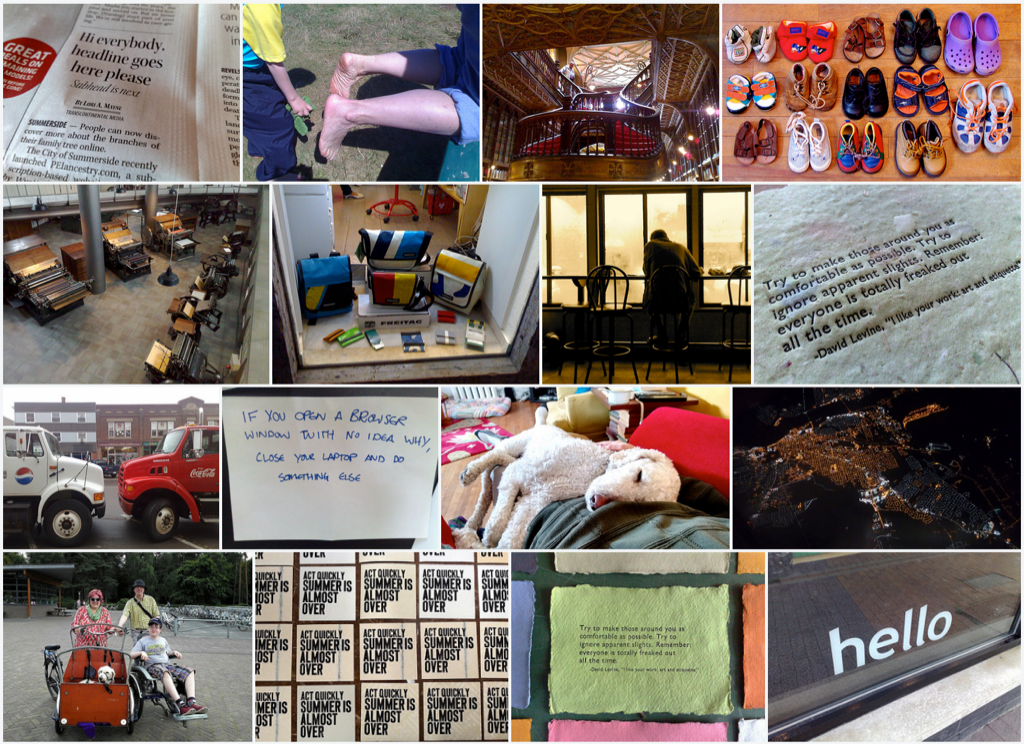
While I quit Twitter and its brethren for reasons of geopolitics and addiction, I’m leaving Flickr as a happy, satisfied customer: the site seems in good hands now that it has left Yahoo! and joined SmugMug, so all the geopolitical fears of Yahoo! dominating the world via my baby photographs have long since passed. I simply want to be in more control of my digital data, and to have everything that’s part of a blog post fall into terrain that’s under my dominion.
Like many of you, perhaps, I’ve never completely forgiven Google for killing off Google Reader, its excellent standards-setting RSS reader.
After flirting with commercial competition, like Feedly, for a time, I finally settled on a self-hosted Tiny Tiny RSS (along with its companion mobile app) as a serviceable replacement.
It is really only possible to love Tiny Tiny RSS in the way that one would love a Lada: one respects its fortitude, appreciates that it gets you were you need to go, and admires that it comes with a toolkit in the trunk. But the love is necessarily capped, and one hopes that, eventually, one might trade in the Lada for something slightly jazzier.
That something, in the case of Tiny Tiny RSS, might be FreshRSS, a new self-hostable RSS reader from Framasoft. I installed it this evening, and it is, indeed, beautiful, capable and jazzy. The requirements for running it are modest: a relatively modern LAMP server. There’s no mobile app required as the design is pleasantly responsive, and works equally well on desktop and mobile.
Framasoft is “people working together with the same desire: promote digital freedoms.” In FreshRSS it appears to be doing just that.
I’ll report back after a few weeks of using FreshRSS as to how it performs as my daily RSS driver.
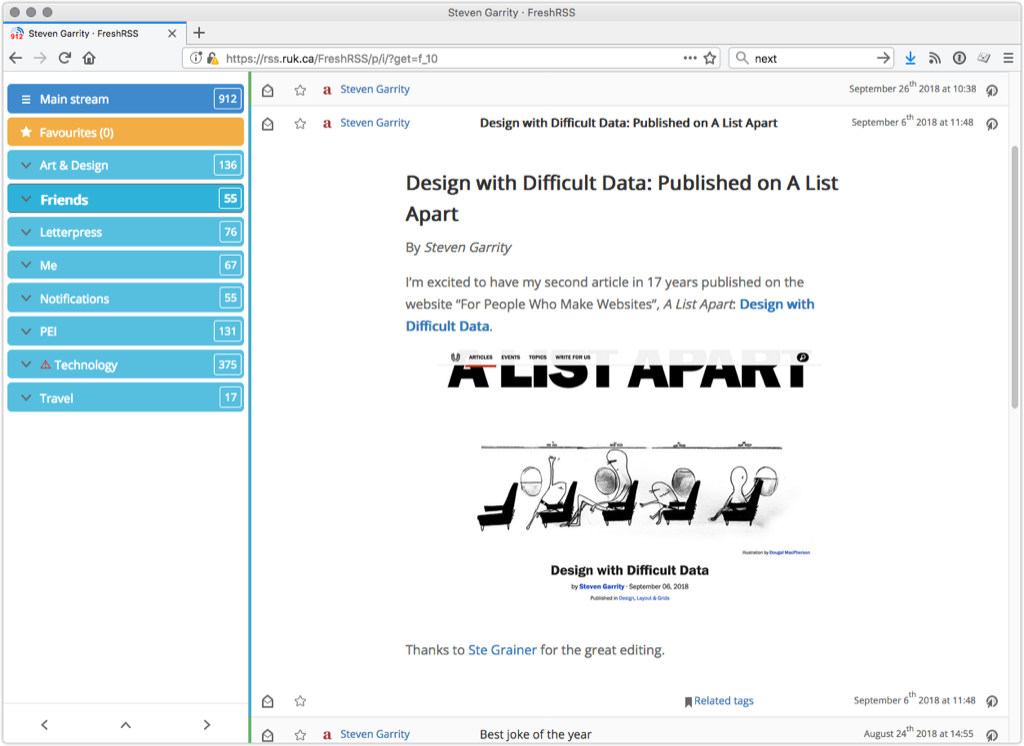
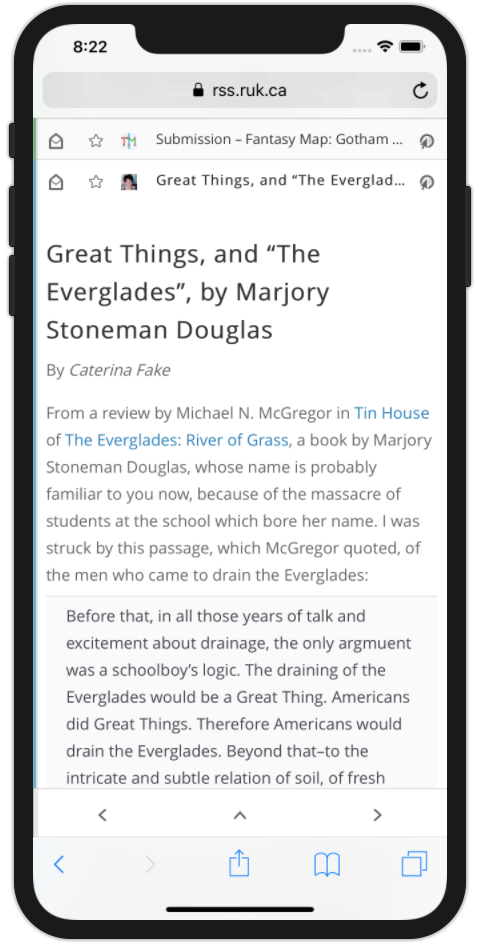
The Adirondack chair doesn’t quite follow physical laws, but that yellow, oh my. A recent refill of the yellow half-pan in my watercolour set from an art supply shop in Amsterdam.
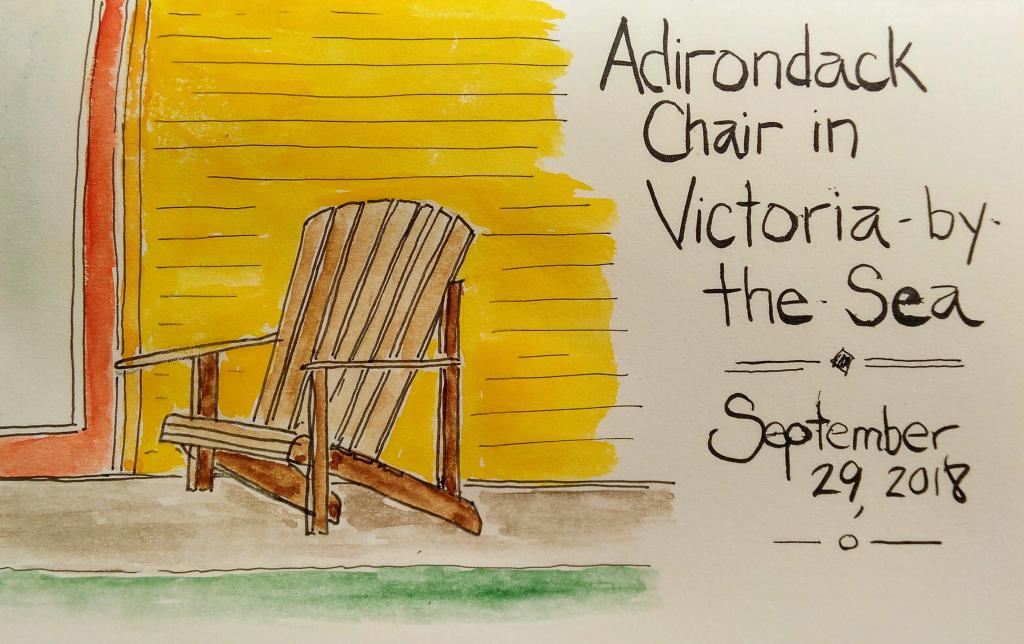

 I am
I am